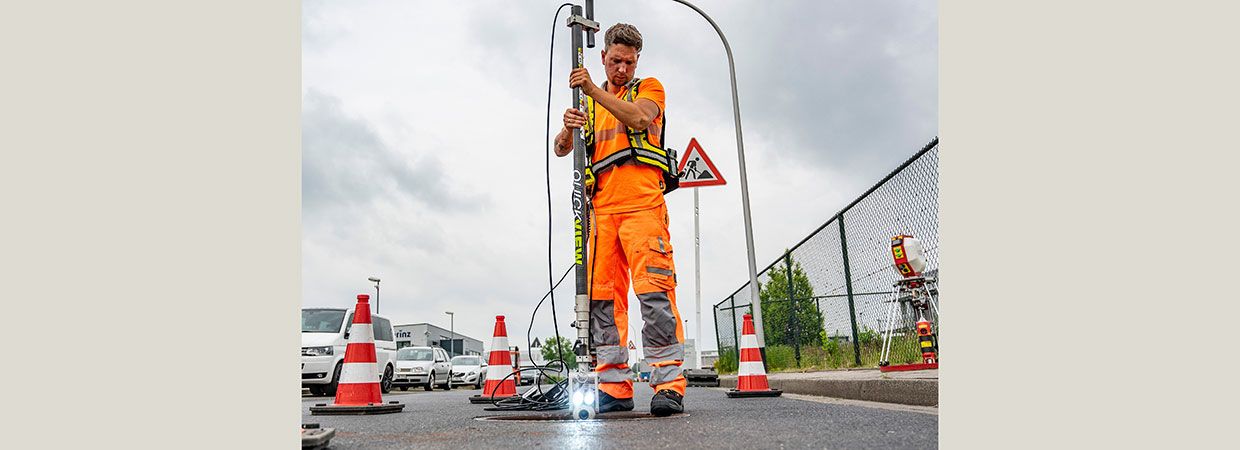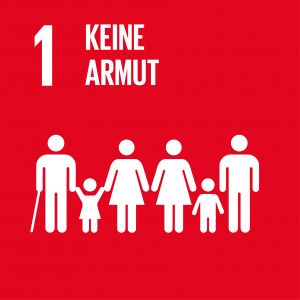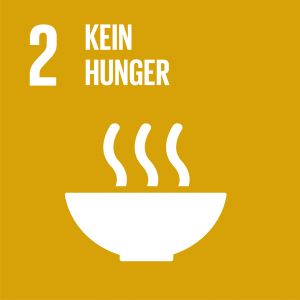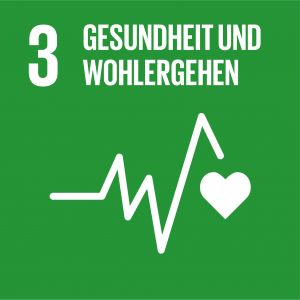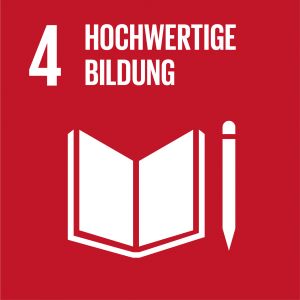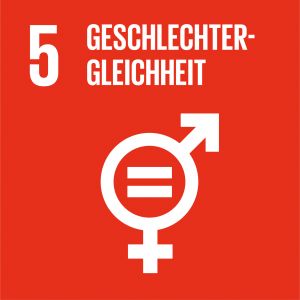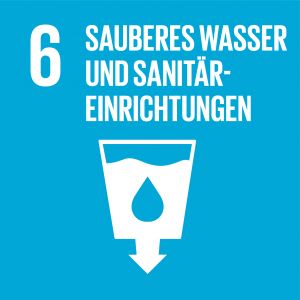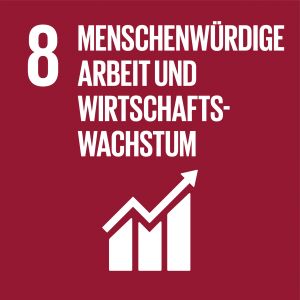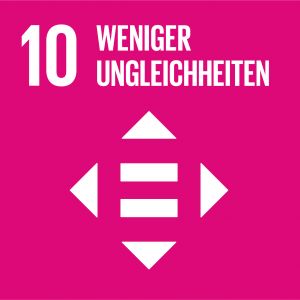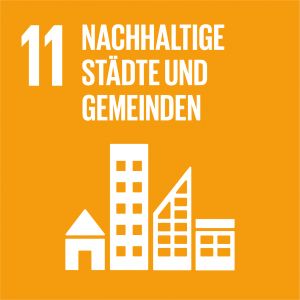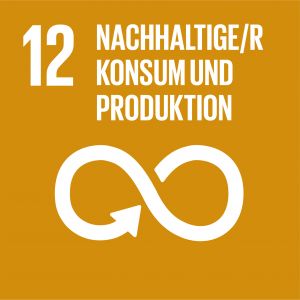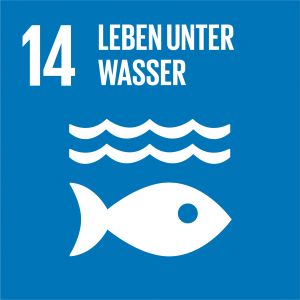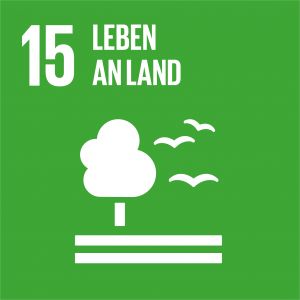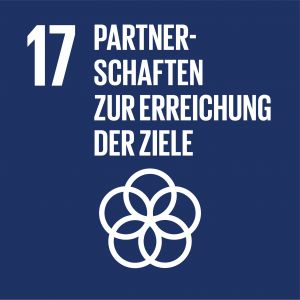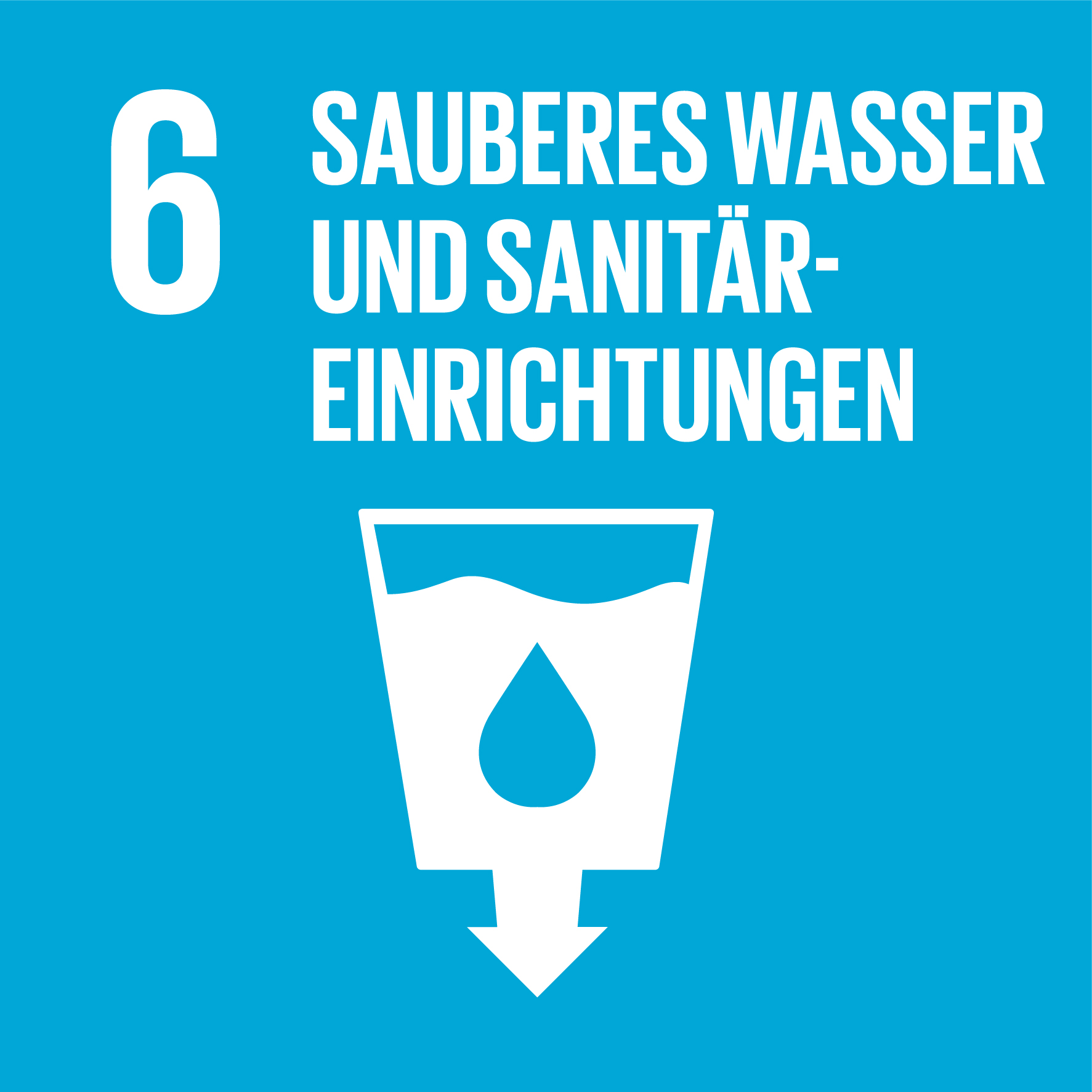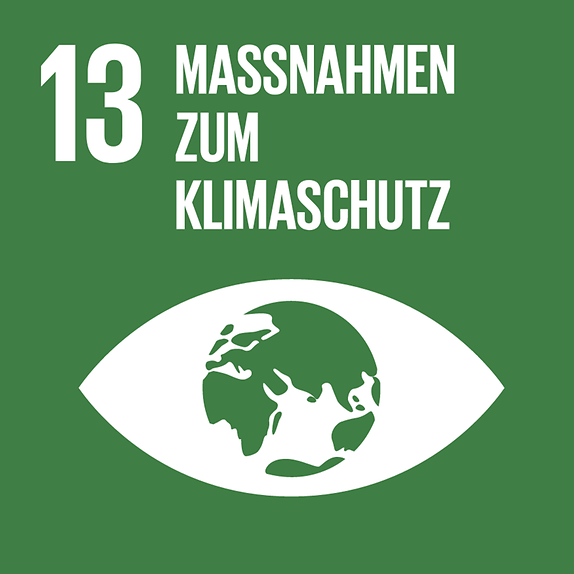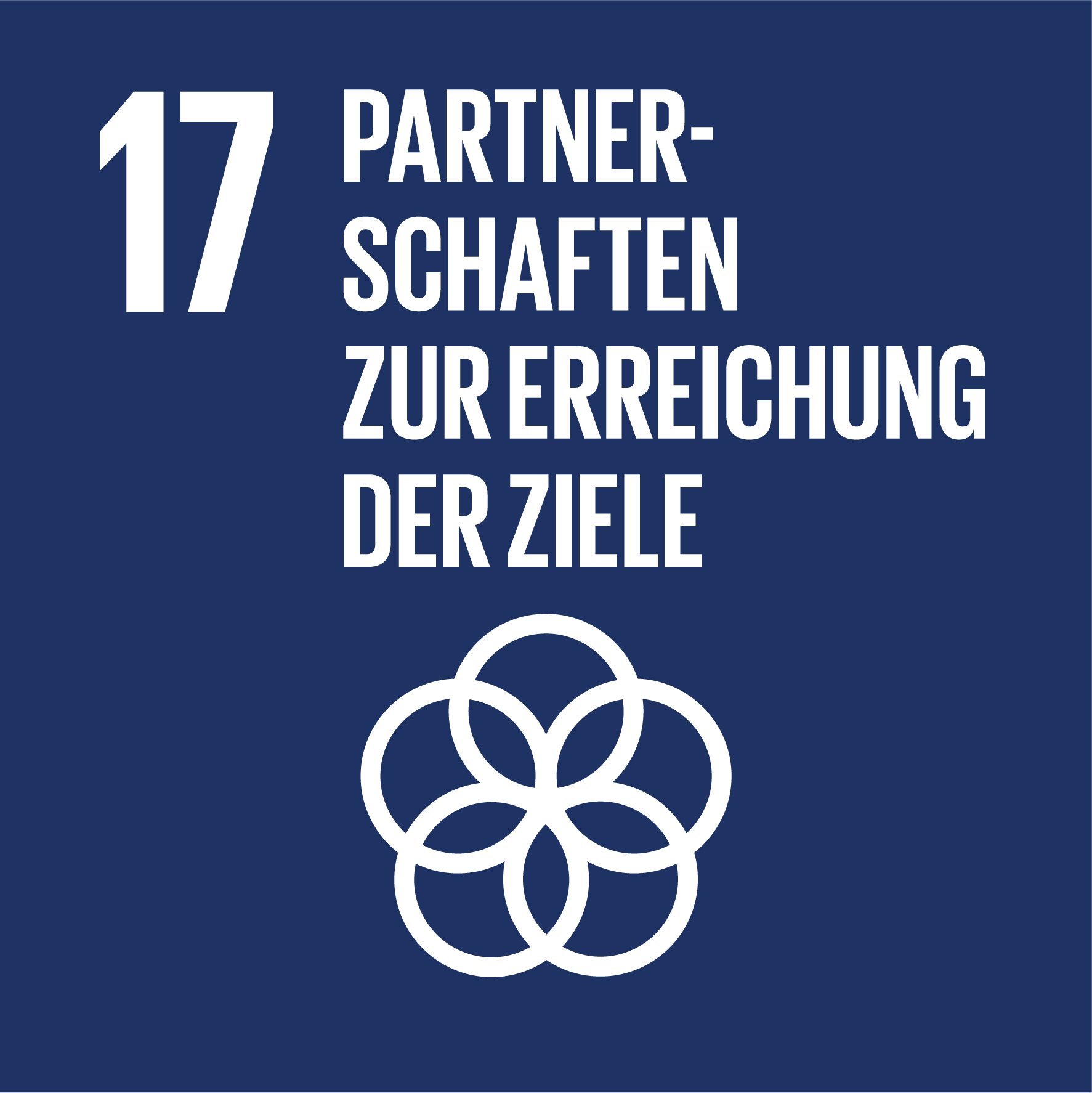english – Sustainability? What we can do in specific terms
Sustainable action - this is also possible in sewer rehabilitation. But how? The RSV has obtained a clear picture of this and provides initial recommodations.
The agenda of the RSV sustainability working group
The sustainability working group of the Rohrleitungssanierungsverband e. V. is committed to the following measures:
- Increase awareness of trenchless sewer rehabilitation as an environmental, health and drinking water protection measure
- Promote investment activity to maintain the value of the pipe infrastructure
- Create fact-based assessment options for the sustainability of sewer rehabilitation
- Engage in direct dialog with those responsible and involved
- Answer questions about production, useful life, recycling and disposal
- Consider social aspects as an important part of sustainability (e.g. compliance with collective agreements, protection of labour)
- Avoid "greenwashing" through clear specifications
The ambitious goals
In 2015, the United Nations divided the challenges of the future into 17 sustainability goals - these are often shortened to just the "UN climate goals". They include not only ecological demands for "climate action" or "clean water and sanitation", but also social aspects. For example, the agenda up to 2030 includes "peace, justice and strong institutions" and "no poverty".
The European Union has set itself the goal of becoming climate-neutral by 2050. The "European Green Deal" aims to achieve this through "energy- and resource-efficient construction" and a "zero pollutant target", among other things.
Germany has set the target of climate neutrality at 2045. The Climate Protection Act drawn up for this purpose is currently being revised. Instead of the targets for reducing emissions in the individual specific sectors (e.g. buildings, transport, industry), the overall reduction will apply in future. Germany is thus following the example of other countries such as Finland and Sweden.
Public tenders in general...
Sustainability criteria are already frequently included in federal, state and local authority tenders. The consideration of environmental aspects is mandatory in some procurement procedures above the EU threshold - for example in the procurement of road vehicles. Federal authorities must also draw up their tenders in accordance with the Recycling Management Act (KrWG), the Federal Climate Protection Act (KSG) and the General Administrative Regulation on the Procurement of Climate-Friendly Services (AVV Klima).
The Federal Environment Agency describes specific options for drafting tender texts in a legal opinion. For example, the suitability criteria for bidders can be evidence such as the EMAS environmental management system. Specific references to technical equipment such as low-emission devices that are used in the provision of services are also possible.
However, the practice of awarding contracts seems to slow down the demand for sustainable action in tenders, according to the motto: "But we have to award the contract to the most economical bid!" Environmental criteria have long been applied when awarding contracts to the "most economically advantageous tender". According to Section 127 (1) GWB, environmental aspects can also be taken into account in addition to price when determining the most economically advantageous tender. The suitability criterion "local residence" is not permitted, as this could put bidders from other EU member states at a disadvantage.
... and in sewer rehabilitation?
In the sewer rehabilitation sector, the principle of ecological public tenders has hardly played a role in Germany to date. The overall high level of interest shown by cities and municipalities in the work of the RSV working group shows that there is a great need. However, there is still no simple answer as to how sustainability can be presented in tenders for sewer rehabilitation projects.
Relying solely on attestations and certificates is currently difficult due to the lack of comparability. In addition to company-related certificates such as EMAS or DIN ISO 14001, there are already environmental product declarations (EPDs) for plastic pipes or hose lining systems. There may be good reasons why they do not yet play a role in refurbishment products across the board. Although the preparation of such documents is subject to a standardized and secured procedure, there seems to be a lot of leeway. Standardized product category rules (PCR = Product Catogery Rules), which define the framework conditions for the creation of EPDs for underground systems, do not yet exist for underground sewer rehabilitation products.
In addition, the very individual installation situations in sewer rehabilitation raise the question: How meaningful can a certificate be at all?
If blanket requirements are included in tenders, they could quickly lead in the wrong direction and be detrimental to the quality of workmanship and thus useful life. In Denmark, for example - a model country in terms of sustainability - there was a requirement in tenders to dispense with styrene, an essential additive for the curing reaction, in cured-in-place pipe lining. This has since been corrected, as substitutes have not yet achieved the properties of styrene.
However, it seems sensible to pay more attention to the manufacturing quality and successful execution of systems curing on site*
Right of way for trenchless procedures
In future, it is conceivable that preference will be given to trenchless sewer rehabilitation and renovation methods due to their significantly lower CO2 contamination. This is because: "Environmentally friendly public procurement is a process in which public procurement bodies tender for construction, supply and service contracts that have a lower environmental impact than comparable services with the same function", according to the Federal Environment Agency's legal opinion.
As far as carbon dioxide emissions are concerned, trenchless procedures have a significantly lower emission impact in some cases compared to open construction. The German Society for Trenchless Technology (GSTT) has created a CO2 calculator as a basis for tendering bodies to calculate each individual project in order to enable comparability.
Tackling goals pragmatically together
In the view of the RSV working group, the consideration of carbon dioxide emissions is just one of the many points on the sustainability agenda. In its work, the association wants to do more to promote feasible, effective and sensible solutions for the overall UN sustainability goals - together with network operators and representatives of local authorities.
Even if climate change cannot be stopped despite everyone's efforts, dense, functioning sewers are essential for a healthy life and a clean environment.
This realization does not require any new rules on sustainability, just the use of common sense.
In an earlier version of the text, we referred to specific requirements in specifications regarding maximum residual styrene values. As a detailed explanation is required and the consequences of non-compliance need to be discussed, we have removed this part again (18.10.2023)
Image source cover picture:Umwelttechnik Franz Janßen GmbH Rohr & Kanal
